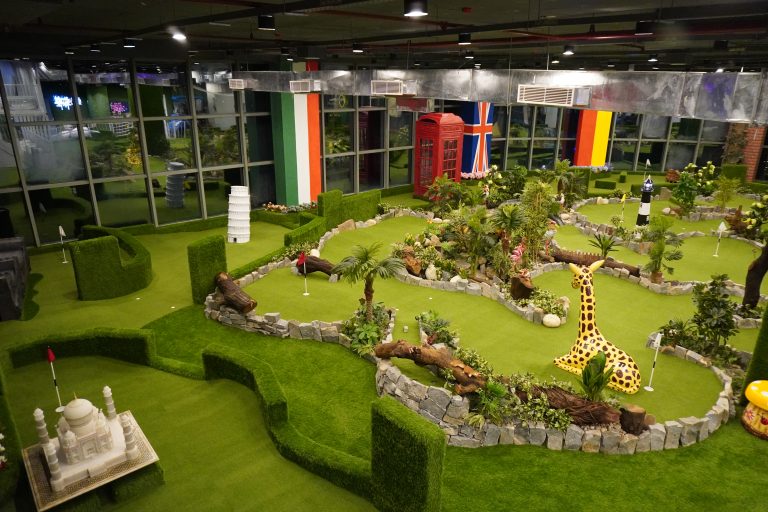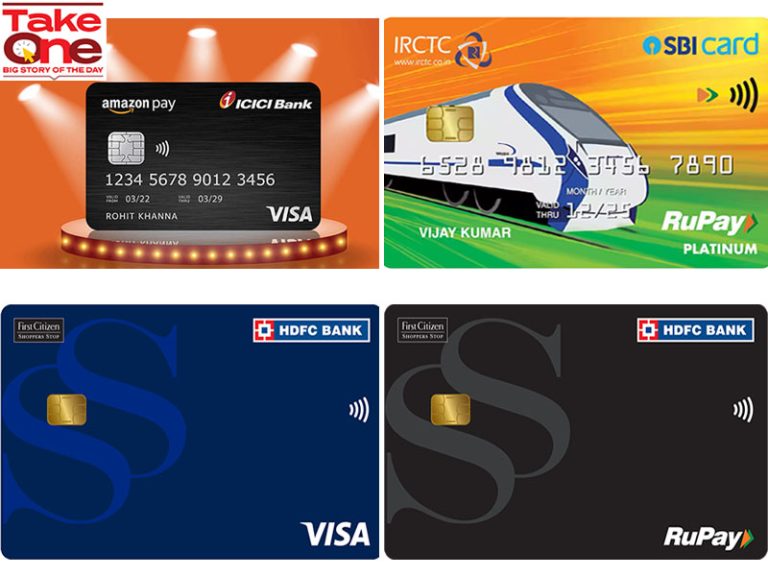Arambagh Foodmart: Pioneer of Modern Retail in East India
The story of how a chain of stores selling processed and ready-to-eat chicken items has evolved into becoming one of the top Food & Grocery retail chains in Eastern India with a footprint across all major cities of Bengal…
It takes skill, drive and vision to reimagine an existing business and elevate it to new heights. That is exactly what third generation entrepreneur Biyas Roy did when she took over the reins of the family business launched by her grandfather, of stores selling processed ready-to-eat chicken items. Armed with a major in mathematics, masters in operations research & computer applications and business law, and an MBA in strategy & leadership, Biyas had the clear foresight to covert the existing venture into a chain of convenience stores spread across West Bengal, based on concept of the international 7-Eleven retail outlets.
Arambagh’s Foodmart chain of retail stores was started in the year 2000, when the concept of convenience stores was fairly new in India. Later, in 2012, the division was incorporated into a separate company. It follows the operating format of retail and self-service outlets, or convenience stores, with an average size of 600-1,000 sq ft area. Our major products are food, grocery and other daily need items.
The USP of their business.
Arambagh’s Foodmart follows a unique format that positions itself between the neighborhood kirana store and supermarkets. Their USP is that our convenience stores revolve around two major facts: the importance of time and value for our customer’s money.
Another point that adds to the USP is the location of our stores. Their stores are strategically placed in densely populated areas yet at important junctions, to even attract customers who are just passing by. Nearly 90% of daily needs of a household are available within 10 minutes of reach or delivered free. They provide quick checkout, telephonic orders and free home delivery as well.
Some of the innovative things they are doing in their business.
Many of their employees have been with them for over 30 years, since the inception of the parent company. They have also built a strong customer base over the years. To survive the growing demand and in order to retain our prized customers and employees, they came up with an innovative retention plan for older employees in order to forge a strong employee-customer relationship. Elderly customers rely on our staff members to not only deliver their groceries, but also to suggest buying options. Customers have truly acknowledged our stores as a part of their household.
When they started doorstep delivery, free of cost for any amount and any distance, many elderly couples were the first to become their loyal customers. They have continued to provide this extra service to them which has largely helped them retain that precious trust and valued customers.
They also provide a free item of the customer’s choice to all customers over a bill value, which has become more popular than any card-based loyalty and a deciding factor for many to shop from Arambagh’s Foodmart.
Some of the challenges they have faced in their business journey.
When the business was established, the concept of shopping-under-one-roof was new in Kolkata and they had the first mover’s advantage. However, there was no separate supply chain for modern trade, and we had to purchase on cash from local vendors assigned to general trade. It was a slow and challenging process of creating terms of trade with companies for a modern trade chain with separate margins, delivery and payment terms, and a further painstaking process of integrating the supply chain with that of the vendors to create a faultless forecast-based automated replenishment system.
High-Street or Mall – which is your preferred location and why?
Convenience stores are always located on high-streets. This is because the customers of a convenience store are local residents or flying customers. Ease of approach is one of the values offered by a convenience store. Consumers may travel to a mall for spending a fun evening with family or for the experience of shopping at a super or hypermarket, but not for shopping basic household items at a convenience store. Furthermore, telephonic order, free home delivery on any amount are some added services offered by a convenience store which are best done being in the neighborhood.
The tech advancements introduced.
They work with a fully integrated software system that covers production, purchase, inventory management, retail sale, B2B sale, vendor management, accounts and taxation. Each process is automated and provides all necessary control measures.
Inventory management is done through an automated replenishment system based on sales projection, lead time, required stock-cover and payment norms of vendors. The automated replenishment system has been upgraded to include many different parameters to take care of purchase cycle and non-purchase cycle sales, promotional items, new launches etc.
Share with us the expansion plans of the brand.
We are cautious with our expansion strategy. By the end of 2020, we will be covering rest of the Tier II cities of West Bengal and add more stores to the cities of North Bengal. As of now we have no plans of expanding outside Bengal.
Views on East India’s retail market.
The East India’s retail market has been a conservative market even a few years ago. The conservative middle class has been old-fashioned in its choice of stores, products, and purchase and payment channels. As store/brand stickiness was high, creating loyalty and retaining customers was easier. A large part of the older generation still continues to do so.
However, over the last few years evolving middle-class with rising disposable incomes and growing aspirations for improved living standards especially among the Millennials have brought in drastic change in shopping patterns in the East.
Consumers now have become more conscious of value, fashion savvy, brand savvy and tech savvy. They are demanding quality, service, value for money and experience of shopping all at the same time. Emergence of new retail formats and offering value-added services are attracting more conservative middle-class consumers in both rural and urban areas of the East. At the same time creating stickiness for one particular format now comes with a higher price to the retailer.
Elaborate on the opportunities and bottlenecks for modern food retail chains in the East.
Increase in disposable income and customer aspirations for better lifestyle, growing young population with the attitude and willingness to spend, increasing urbanization and aspiration of rural areas to catch up – have all contributed to a larger urban or urban-minded population that values convenience, coupled with the higher propensity to spend. Tier II and II cities in the East still have a low share of organized retail and comparatively low real estate prices, and hence present a gold mine of opportunities.
One of the major challenges for modern food trade in East India is the shrinking of margins. A big chunk of modern food retail comes from national food brands where retailer margins are fixed by brand owners. Margins are the only source of income for a retailer unless he has his own Private Label. In many cases the margins are reduced by the brand owners and maintaining a profit becomes a struggle for food retailers.
Another major bottleneck is to find and retain quality manpower for manning the fast-evolving retail setup, particularly the front end. Aversion towards hard work and higher propensity of young recruits to change jobs frequently – result in high attrition rates and higher retention costs. Lack of good real estate and soaring real estate costs in urban areas are also a grave challenge for expansion.
Building consumer loyalty towards service-based retailing, amidst a predominantly unorganised sector where price cutting and selling on credit are rampant, was also a major hiccup.
Arambagh’s Foodmart is present in 22 cities only in West Bengal. It was quick to identify the potential of Tier II and Tier III cities where residents were affluent and ready to spend for a quality lifestyle. While everyone thought retail in smaller cities is all about discounting, Arambagh’s took the first bold step to enter these cities with its value proposition of service and quality. Their goal is to have their footprints in all tier II cities of West Bengal. They also want to educate customers of smaller cities to be reliant on quality and service-based retailing rather than price-based retailing.















